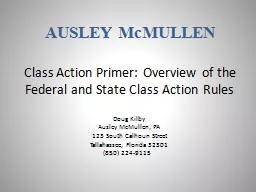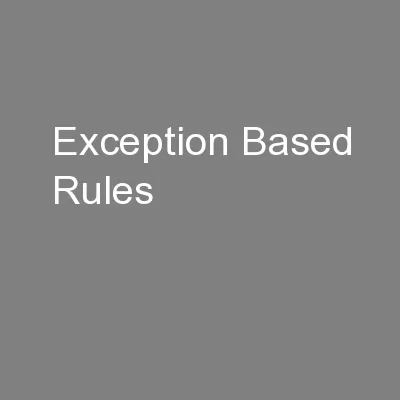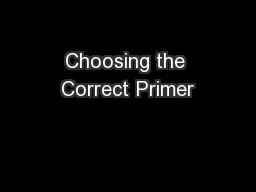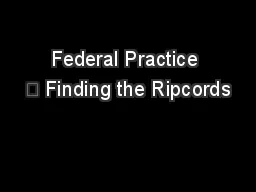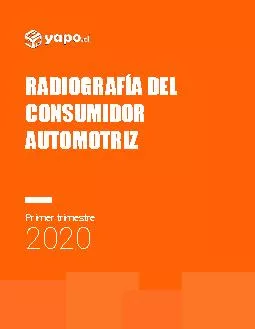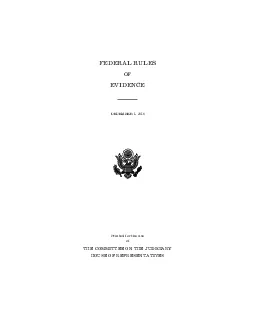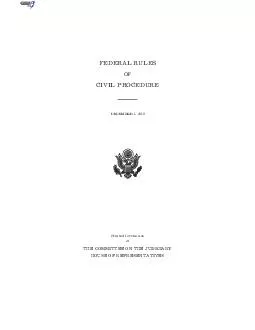PPT-Class Action Primer: Overview of the Federal and State Class Action Rules
Author : vamput | Published Date : 2020-06-17
Doug Kilby Ausley McMullen PA 123 South Calhoun Street Tallahassee Florida 32301 850 2249115 AUSLEY McMULLEN The class action is an exception to the usual rule
Presentation Embed Code
Download Presentation
Download Presentation The PPT/PDF document "Class Action Primer: Overview of the Fed..." is the property of its rightful owner. Permission is granted to download and print the materials on this website for personal, non-commercial use only, and to display it on your personal computer provided you do not modify the materials and that you retain all copyright notices contained in the materials. By downloading content from our website, you accept the terms of this agreement.
Class Action Primer: Overview of the Federal and State Class Action Rules: Transcript
Download Rules Of Document
"Class Action Primer: Overview of the Federal and State Class Action Rules"The content belongs to its owner. You may download and print it for personal use, without modification, and keep all copyright notices. By downloading, you agree to these terms.
Related Documents

